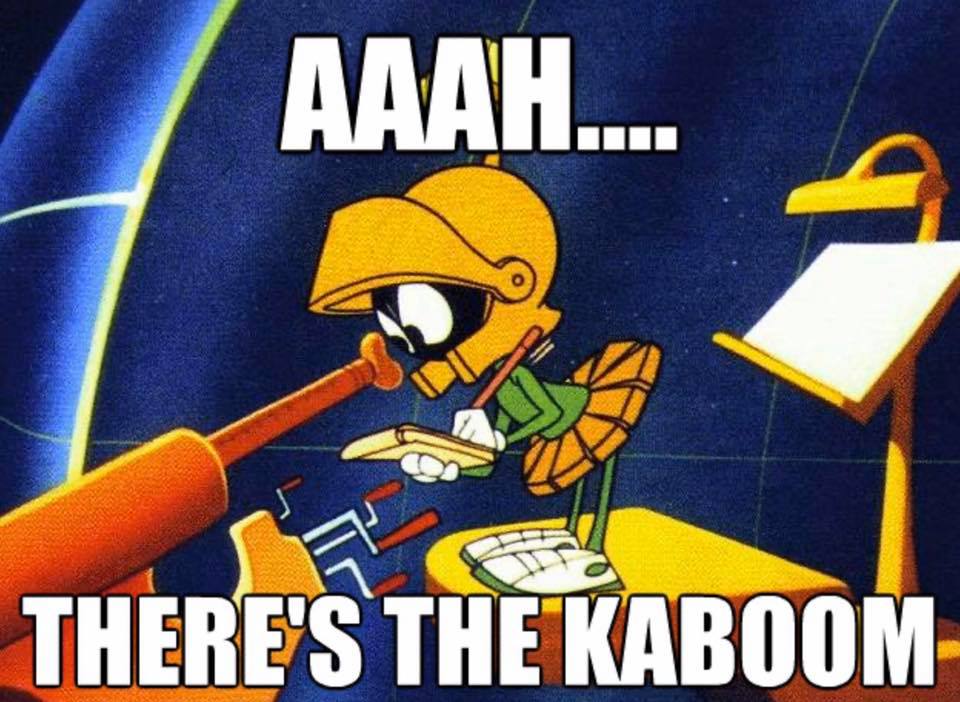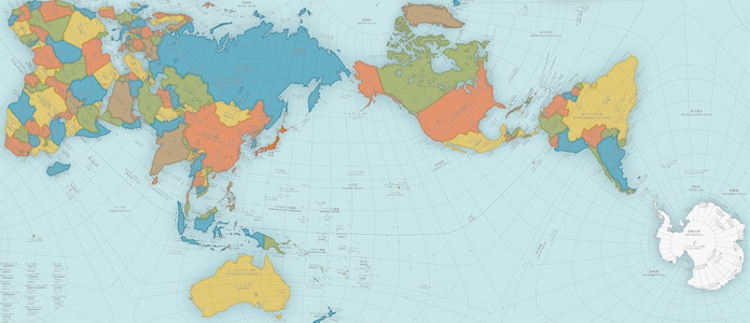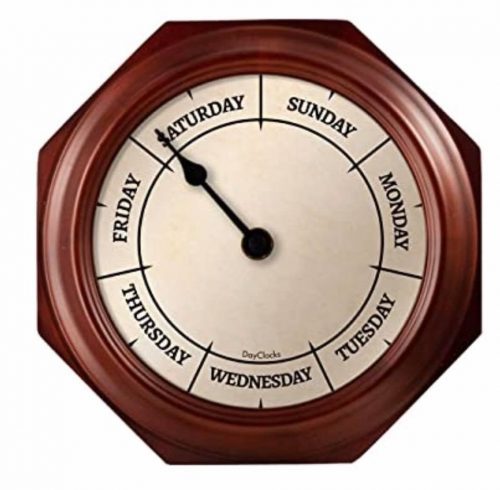As a polio survivor myself, I have long been interested in the international campaign to eradicate the disease through vaccinations. Much of the world is now polio-free. But in Pakistan and Afghanistan, last strongholds of wild polio virus, cases increased from 33 in 2018 to 176 in 2019. So far this year, the two countries have confirmed 87 wild polio cases, compared with 64 at this time last year. The real number is likely higher. The vaccination program has been inhibited by Covid-19 precautions and the fears of local populations. Restoration of the Pakistan and Afghanistan vaccination programs will have to overcome the suspicions and refusals that blocked them last year.
Africa is free of the wild virus, but is battling against vaccine-derived virus. So far this year, Africa has reported 133 type 2 cases in 14 countries, up from 47 at this time last year. Hot spots include Ivory Coast and parts of Chad, Mali, Ghana, Togo, Burkina Faso, and Niger.
Oral polio vaccine contains an attenuated vaccine-virus, activating an immune response in the body. When a child is immunized, the weakened vaccine-virus replicates in the intestine for a limited period, thereby developing immunity by building up antibodies. During this time, the vaccine-virus is also excreted. In areas of inadequate sanitation, this excreted vaccine-virus can spread in the immediate community before eventually dying out. This can offer protection to other children through ‘passive’ immunization but may also generate infection with vaccine-derived polio. The risk is small compared with that of having no vaccinations at all, but remains troubling.
Source: Leslie Roberts, “Polio vaccinators are back after pandemic pause,” Science 369, no. 6502 (24 Jul 2020): 360, doi: 10.1126/science.369.6502.360.
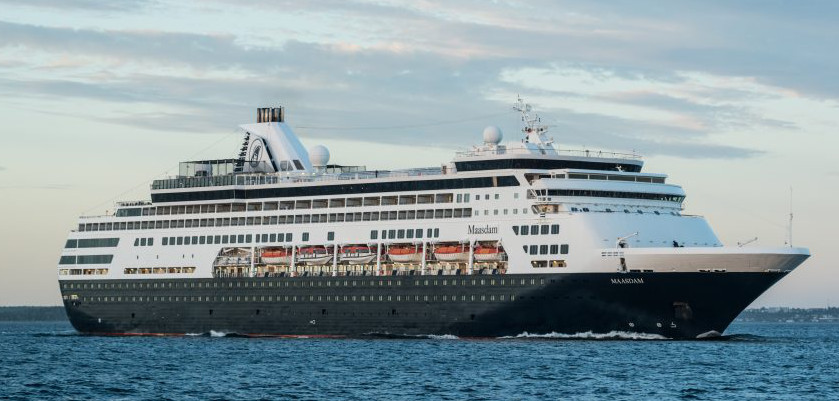
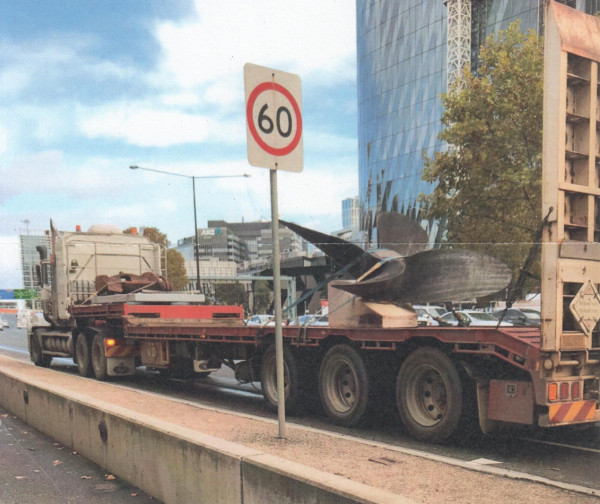

 My study seeks a theological understanding of disagreement and conflict in church and society through a reading of the work of Rowan Williams. Williams’s theology of church and his understanding of its unity are closely interrelated. The church itself and its unity are God’s gift. Williams argues that conflict and unity are not opposed but are essential parts of the struggle for mutual recognition and solidarity. Thus I propose solidarity as a category through which to understand the oneness of the church and its relationship with society. According to Williams, God creates and sustains a universe of immeasurable difference within itself. Williams employs Gillian Rose’s reading of Hegel to introduce a metaphysical understanding of such difference and our response to it. The communal work of truth-seeking requires unavoidable negotiation, self-dispossession and loss, without which there may be tragic misrecognition of our interests and those of others. I critically examine situations of conflict that exemplify and test Williams’s theology. Looking beyond the church, I then explore Williams’s theologically grounded proposals for solidarity in a pluralist society oriented towards the common good.
My study seeks a theological understanding of disagreement and conflict in church and society through a reading of the work of Rowan Williams. Williams’s theology of church and his understanding of its unity are closely interrelated. The church itself and its unity are God’s gift. Williams argues that conflict and unity are not opposed but are essential parts of the struggle for mutual recognition and solidarity. Thus I propose solidarity as a category through which to understand the oneness of the church and its relationship with society. According to Williams, God creates and sustains a universe of immeasurable difference within itself. Williams employs Gillian Rose’s reading of Hegel to introduce a metaphysical understanding of such difference and our response to it. The communal work of truth-seeking requires unavoidable negotiation, self-dispossession and loss, without which there may be tragic misrecognition of our interests and those of others. I critically examine situations of conflict that exemplify and test Williams’s theology. Looking beyond the church, I then explore Williams’s theologically grounded proposals for solidarity in a pluralist society oriented towards the common good.